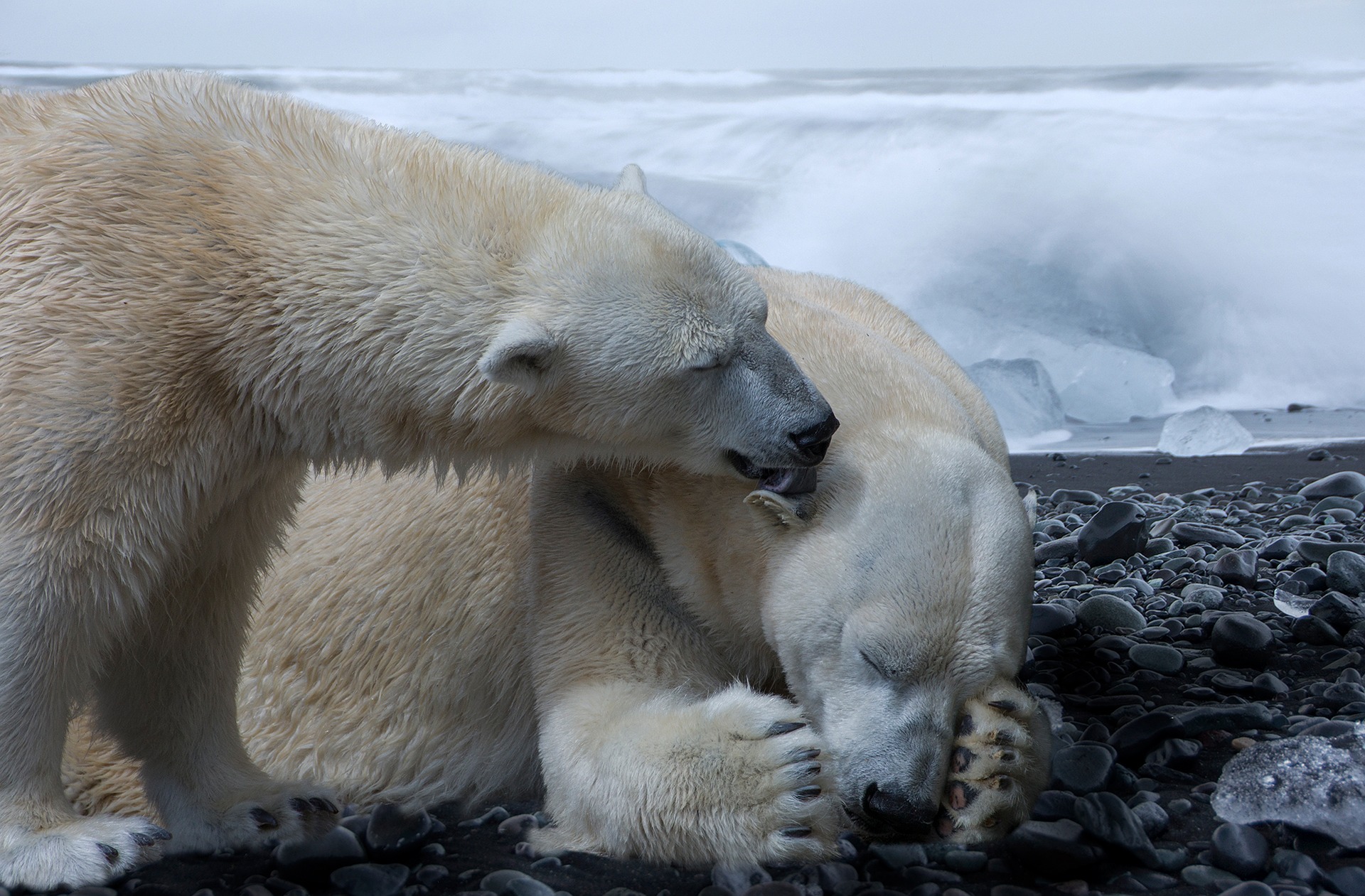Argomenti trattati
The future of many animal species, including humans, is at risk due to current climate change. We humans are responsible for global warming, with continuous emissions of CO2 into the air. Let’s see together how climate change is leading endangered animals to extinction and why.
First Endangered Animals
The first mammal to be extinct due to climate change was called Melomys rubicola. It was a rodent, the mosaic-tailed rat, which lived in Australia and is now gone. Scientists report that the climate changes that have affected the area in which this species lived have led to its disappearance. The small island Brambla Cay, in fact, has been hard hit by the rising sea level and other atmospheric phenomena. As a result, 97% of the natural habitat of the mammal was destroyed.
Goodbye Insects
Insects are also at risk. 40% of insects will become extinct within the next few decades. The rate of extinction is eight times higher than that of birds, reptiles and mammals. The cause, once again, is the human being, who through CO2 emissions and habitat destruction is making life almost impossible for these animals. The disappearance of insects should be of great concern to us, as it is up to them to pollinate, which allows us to have fruit and vegetables. These living beings therefore play a fundamental role in maintaining the balance between living species.
Threatened Tropical Animals
Under our threat are also the animals of the tropical forests that, day after day, see their natural habitat disappear. However, the disappearance of the tropical forest trees has negative consequences not only for the animals, but also for us. Trees keep CO2 levels in the air under control. Without them, therefore, concentrations would increase to worrying levels.
Turtles Towards the End
A study has calculated that by 2100 more than 90% of turtles could be born female because of the increase in temperatures that makes life unsuitable for males. If this were the case, this animal species would find it difficult to reproduce and thus to keep alive.
Fish collapse
At sea, the situation is as serious as it is on land. Between 1930 and 2010, 4.1% of fish stocks were lost. It is estimated that by 2048 our seas could be empty. In a few years, swordfish, bluefin tuna, shrimps, sharks, Atlantic salmon and many others may have disappeared. The reason? Intensive fishing and global warming, with the resulting climate change.
Sixth Mass Extinction
The list of endangered animals is very long. It is not only the famous polar bears who suffer the effects of global warming every day that are threatened, but all living species in general. We are experiencing the sixth mass extinction, a phase of ‘biotic transition‘ in which our planet loses a huge number of species before renewing itself. It would be a natural transition – if it weren’t for the fact that by our hand this event is undergoing a devastating acceleration. Between 1990 and 2015, in fact, the number of vertebrates fell by 30%.

